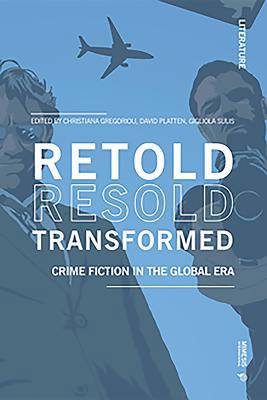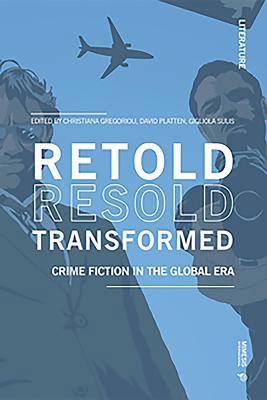
Je cadeautjes zeker op tijd in huis hebben voor de feestdagen? Kom langs in onze winkels en vind het perfecte geschenk!
- Afhalen na 1 uur in een winkel met voorraad
- Gratis thuislevering in België vanaf € 30
- Ruim aanbod met 7 miljoen producten
Je cadeautjes zeker op tijd in huis hebben voor de feestdagen? Kom langs in onze winkels en vind het perfecte geschenk!
- Afhalen na 1 uur in een winkel met voorraad
- Gratis thuislevering in België vanaf € 30
- Ruim aanbod met 7 miljoen producten
Zoeken
€ 15,95
+ 31 punten
Omschrijving
In recent decades crime fiction has enjoyed a creative boom. Although, as Alison Young argues in her book Imagining Crime (1996), crime stories remain strongly identified with specific locations, the genre has acquired a global reach, illuminating different corners of the world for the delectation of international audiences. The recent fashion for Nordic noir has highlighted the process by which the crime story may be franchised, as it is transposed from one culture to another. Crime fiction has thus become a vehicle for cultural exchange in the broadest of senses; not only does it move with apparent ease from one country to the next, and in and out of different languages, but it is also reproduced through various cultural media. What is involved in these processes of transference? Do stories lose or gain value? Or are they transformed into something else altogether? How does the crime story that originates in a specific society or culture come to articulate aspects of very different societies and cultures? And what are the repercussions of this cultural permeability?
Specificaties
Betrokkenen
- Uitgeverij:
Inhoud
- Aantal bladzijden:
- 168
- Taal:
- Engels
- Reeks:
Eigenschappen
- Productcode (EAN):
- 9788869771736
- Verschijningsdatum:
- 11/07/2019
- Uitvoering:
- Paperback
- Formaat:
- Trade paperback (VS)
- Afmetingen:
- 137 mm x 208 mm
- Gewicht:
- 226 g

Alleen bij Standaard Boekhandel
+ 31 punten op je klantenkaart van Standaard Boekhandel
Beoordelingen
We publiceren alleen reviews die voldoen aan de voorwaarden voor reviews. Bekijk onze voorwaarden voor reviews.








